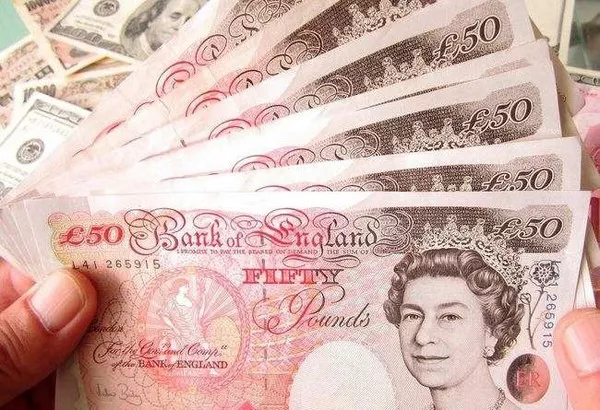The British pound, also known as the pound sterling, is one of the oldest and most widely used currencies in the world. As a key component of the United Kingdom’s economy, the British pound is issued by the Bank of England and comes in various denominations. In this article, we will explore the different denominations of British pound notes that are currently in circulation.
1. The Evolution of British Pound Notes:
The history of British pound notes can be traced back to the late 17th century when the Bank of England began issuing paper money. Initially, these notes were handwritten and lacked standardized designs or denominations. However, over time, advancements in printing technology and the need for a more efficient monetary system led to the introduction of standardized denominations.
2. Current Denominations of British Pound Notes:
As of the knowledge cutoff date of 2021, there are four main denominations of British pound notes in circulation: £5, £10, £20, and £50. Each denomination features a distinct design and security features to prevent counterfeiting.
£5 Note:
The £5 note is the smallest denomination currently in circulation. It is predominantly blue in color and features an image of Queen Elizabeth II on the front. The reverse side of the note showcases prominent figures from British history, such as Winston Churchill.
£10 Note:
The £10 note is slightly larger than the £5 note and is primarily made of polymer, a durable and secure material. It features Queen Elizabeth II on the front and notable British author Jane Austen on the reverse side.
£20 Note:
The £20 note is green in color and features a portrait of Queen Elizabeth II on the front. The reverse side of the note celebrates the renowned British painter J.M.W. Turner.
£50 Note:
The highest denomination in circulation, the £50 note, is predominantly red and showcases Queen Elizabeth II on the front. The reverse side features images of prominent figures from the field of science, including Alan Turing.
3. Security Features:
To ensure the integrity of British pound notes and prevent counterfeiting, each denomination incorporates various security features. These features include holograms, raised ink, watermarks, microlettering, and ultraviolet elements. Additionally, the use of polymer material for certain denominations provides an added layer of security.
4. Withdrawn Denominations:
Throughout history, the Bank of England has periodically withdrawn certain denominations from circulation due to changes in currency design or decreased usage. Some examples of previously withdrawn denominations include the £1 note, the £5 note featuring Elizabeth Fry, and the £50 note featuring Sir John Houblon.
Conclusion:
The British pound remains an essential currency both domestically and internationally, and its banknotes play a crucial role in facilitating economic transactions. This article has highlighted the current denominations of British pound notes, including the £5, £10, £20, and £50 notes, as well as their unique designs and security features. As the economic landscape evolves, it is possible that new denominations may be introduced or existing ones may be modified. Nonetheless, the British pound’s enduring presence and reputation make it a symbol of financial stability and a testament to the rich historical heritage of the United Kingdom.


